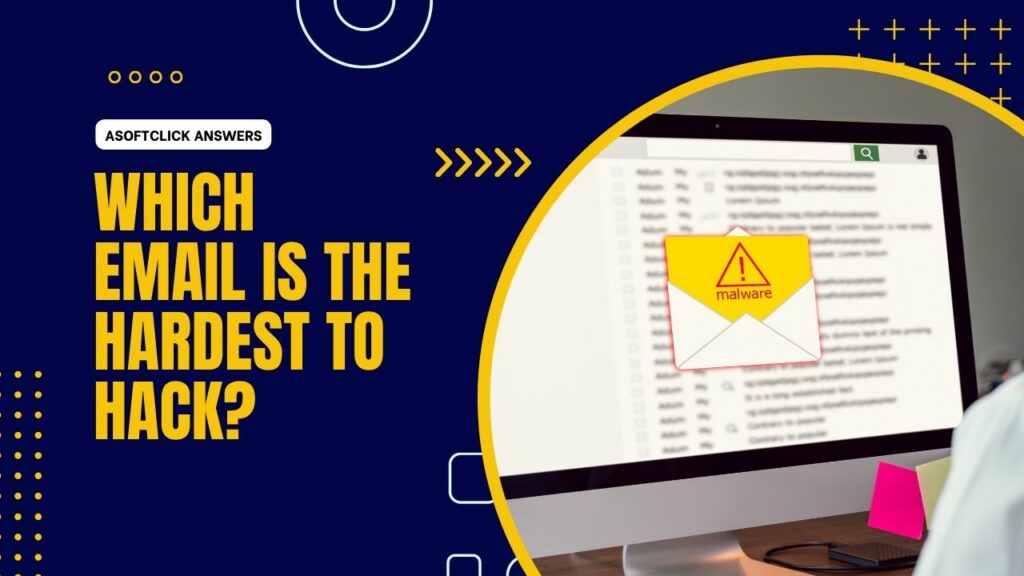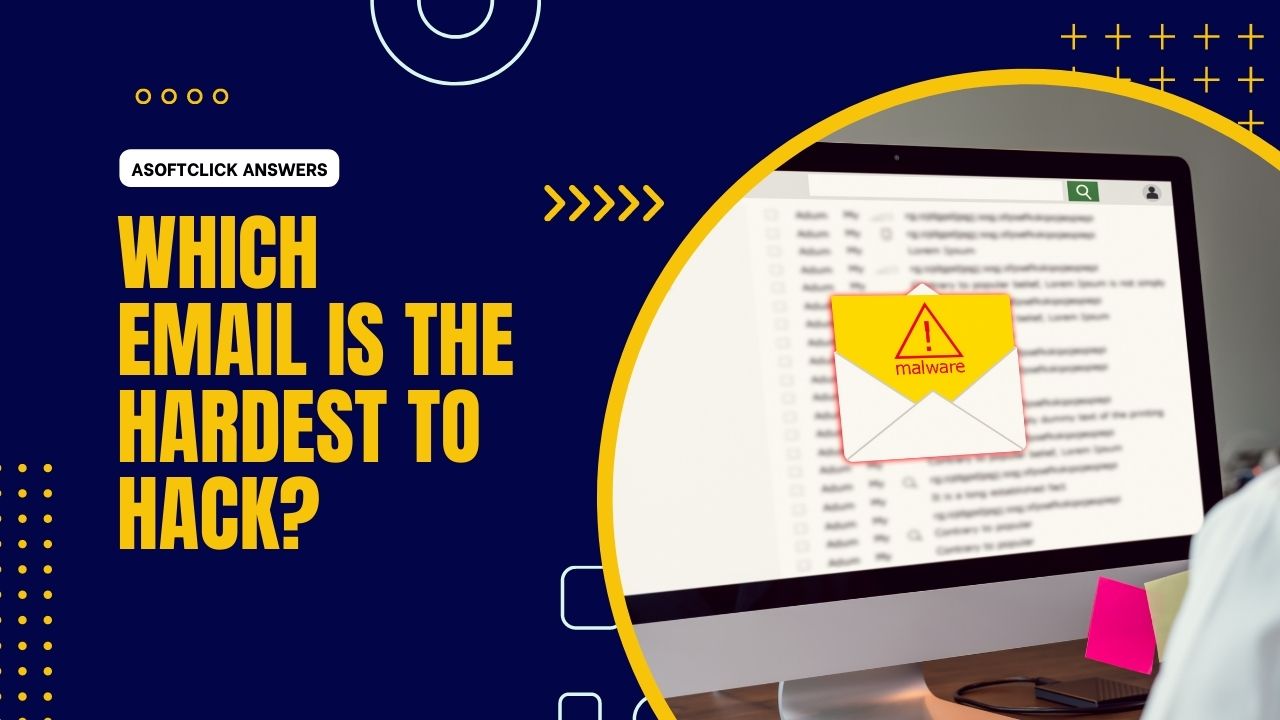 With frequent announcements of significant breaches, email security is a popular topic these days. Fortunately for its four billion users, developers and security experts are constantly thinking of ways to enhance this antiquated technology. This is so that it can remain functional and secure in the age of swift and sophisticated attacks. In this piece, we’ll look at every popular email service’s security features to determine, which email is the hardest to hack. Which service should you pick?
With frequent announcements of significant breaches, email security is a popular topic these days. Fortunately for its four billion users, developers and security experts are constantly thinking of ways to enhance this antiquated technology. This is so that it can remain functional and secure in the age of swift and sophisticated attacks. In this piece, we’ll look at every popular email service’s security features to determine, which email is the hardest to hack. Which service should you pick?
What Is Secure Email and How It Works?
Security wasn’t everyone’s top concern in the 1960s and 1970s when email first saw limited use. Email hasn’t changed all that much, despite the fact that our security needs have drastically changed in the modern day. The RFC 5322-defined internet email message format specifies a syntax for text messages. However, it makes no mention of encryption or any other methods of preventing unauthorized access to personal information exchanged via email. Several secure email services have evolved, offering high degrees of privacy and security. Other technical solutions were also developed by email providers over the years to provide improved privacy of email communication.

Today’s top email service providers all use TLS. It is a cryptographic standard that offers communications security over a computer network. Without TLS, email server communication appears as plain text, making it accessible to almost anyone. The majority of secure email providers go a step further and provide complete end-to-end encryption, which ensures that the data is only encrypted and decrypted at the endpoints. End-to-end encryption enables you to encrypt emails and send them to recipients using secure email services. Doing this eliminates the chance of the secure email provider being able to decrypt the emails.
Security Features to Look for in an Email Service
End-to-end encryption
Encryption has the ability to hide data. Websites can use Secure Socket Layer (SSL) to protect the data you submit as it moves from your computer to the website’s server. Your computer can use SSL to ensure that all data sent to and received from an SSL-enabled server remains encrypted. Websites commonly use SSL to safeguard users from password or form input theft by someone “tapping the line.”
The same holds true for email data. When sending an email over an encrypted network, the plain text content of the email is unreadable without an encryption key. This key serves as a password. Although non-security-focused services like Gmail and Hotmail simply encrypt the data as it goes from your computer to their servers, modern encryption is so effective that it would take a million computers working for sixteen million years to crack it. On the other side, it is clearly visible. Users must have faith that these companies won’t read their users’ emails using their encryption keys, or that hackers won’t obtain the keys.

Two-factor authentication
Your email accounts gain an additional layer of security with two-factor authentication. Abbreviated commonly as 2FA, it makes cracked passwords useless and hacking much more challenging. This is because it depends on two factors: something you are familiar with, such as a login and password Something you possess, such as a backup key or a cell phone The most popular method of implementing two-factor authentication is the use of a one-time token. When you use the Google app to sign in on a different computer, you give the server a special token that it can only use once. The same is true for receiving an SMS code to log in to Twitter. By doing this, it can’t leak again. Additionally, it makes losing access to your account easier to recover.

PGP encryption
Early in the 1990s, experts established Pretty Good Privacy (PGP) as a technique to ensure the security and privacy of email exchanges across unsecured networks. Today, encrypted messaging platforms like ProtonMail and Signal apply their fundamental idea. They specifically use private and public keypairs. When you send an email encrypted with PGP, you not only verify with your email provider using your password but also your public key, which acts as a padlock to safeguard the email’s contents. The message is then read by the recipient by opening the padlock with their personal key. The public and private keys are only lengthy textual sequences, much like passwords.
Although PGP was once a manual encryption technique, many secure email providers now include it in the back end. As a result, even if your emails may arrive in plain text, they are completely unintelligible when viewed from the outside. If the service allows you to have control over your own encryption keys, or the option to switch these keys out for ones you’ve already used, that is one-way safe email differs from other types of email.
Metadata handling
You broadcast information about your computer, web browser, network, and recipient when you send an email, did you know that? Email header metadata contains this information, which secure email services typically remove. To safeguard users’ privacy, secure email services should remove header metadata and collect as little information about users as feasible.
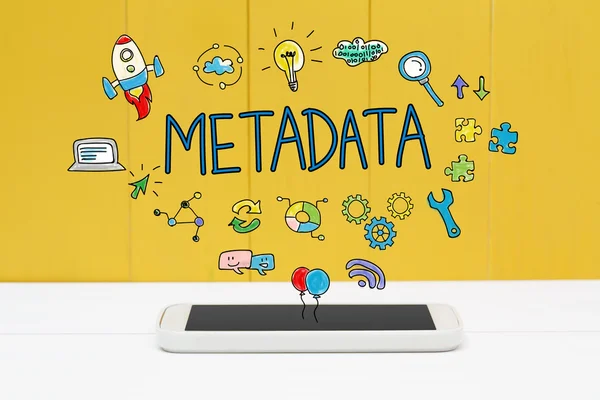
Server location
Server location was scarcely a security concern for the general public. This changed when the public knew Australia, Britain, Canada, New Zealand, and the United States would work together to exchange intelligence data about citizens. Lavabit, the now-defunct email program used by Edward Snowden to contact human rights campaigners while imprisoned in Moscow, served as the face of this terrifying disclosure. Not only do some other nations have laws that respect and defend the security of user data, unlike the United States, which has regulations that are particularly anti-user in this area. The following nations have enlightened privacy laws: Switzerland, Germany, Belgium, Norway, and Sweden.
Which email is the hardest to hack?
1. ProtonMail
At the CERN research facility, Andy Yen, Jason Stockman, and Wei Sun founded ProtonMail in 2014. This well-regarded supplier of secure email services has its headquarters in the Canton of Geneva. ProtonMail spreads its servers over two sites in Switzerland, giving them protection from EU and US surveillance. All emails sent using ProtonMail are automatically protected with end-to-end encryption. This makes it impossible for ProtonMail itself to access them. You don’t need to provide any personal information to set up a safe email account with ProtonMail. Moreover, the service doesn’t even log your IP address, which could link you to your anonymous email account.
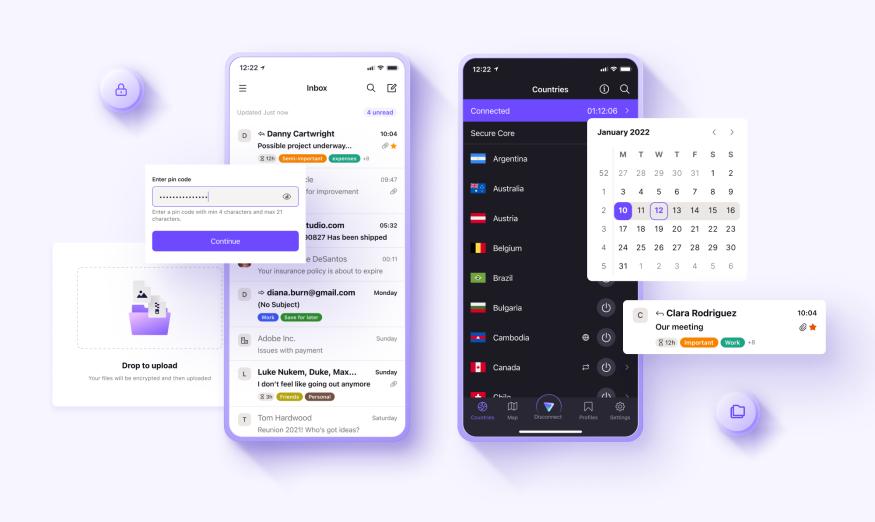
2. Tutanota (Web, Android, iOS)
Over 2 million people use the open-source end-to-end encrypted email service Tutanota, which is Germany-based. Tutanota automatically encrypts all of the data on your device, making sure that both your contacts and your emails are secret. Tutanota is GPL v3 licensed and available on GitHub so that anyone may read the source code, examine it, and even modify it for their other projects. Although we appreciate that Tutanota’s free edition comes with 1 GB of email storage, we don’t like that the cheapest premium plan similarly only offers 1 GB. If you need more space than that, you must upgrade to the Pro plan, which costs 60 euros a year (or 6 euros per month) and gives you 10 GB.
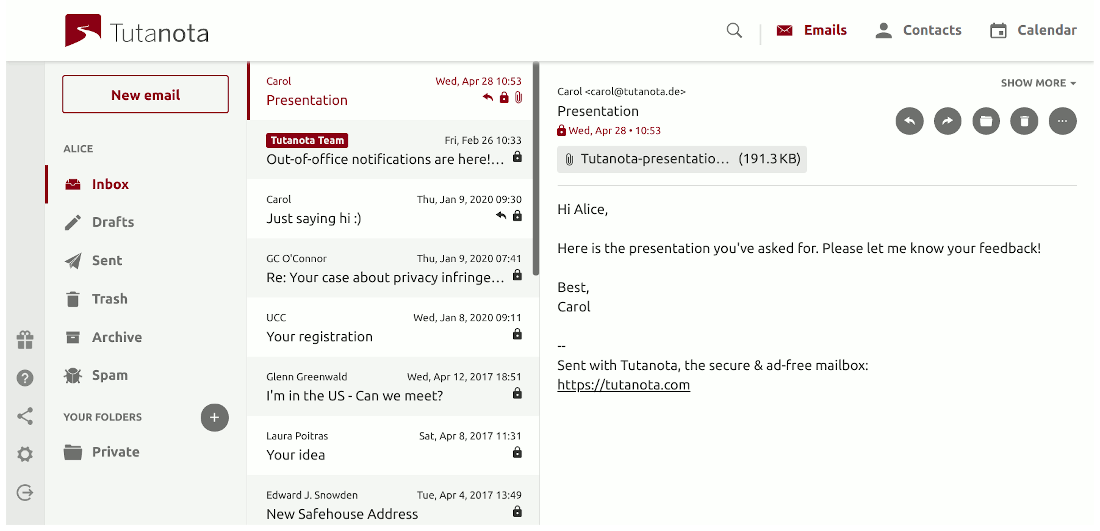
3. Hushmail
With its headquarters in Canada, Cliff Baltzley established Hushmail in 1999 as an exclusive encrypted web-based email service that provided PGP-encrypted communication utilizing OpenPGP standards. Hushmail now caters to both commercial clients and private home email users. Recently, Hushmail unveiled its iPhone application. One of the most secure email clients for iOS, the app offers two-step verification, Touch ID, numerous accounts, and aliases.
It is well known that Hushmail occasionally becomes unavailable. You probably won’t even be aware that it’s down if you don’t plan to use it as your main email. However, if you depend on it as your only email provider, its stability difficulties can rapidly start to frustrate you.
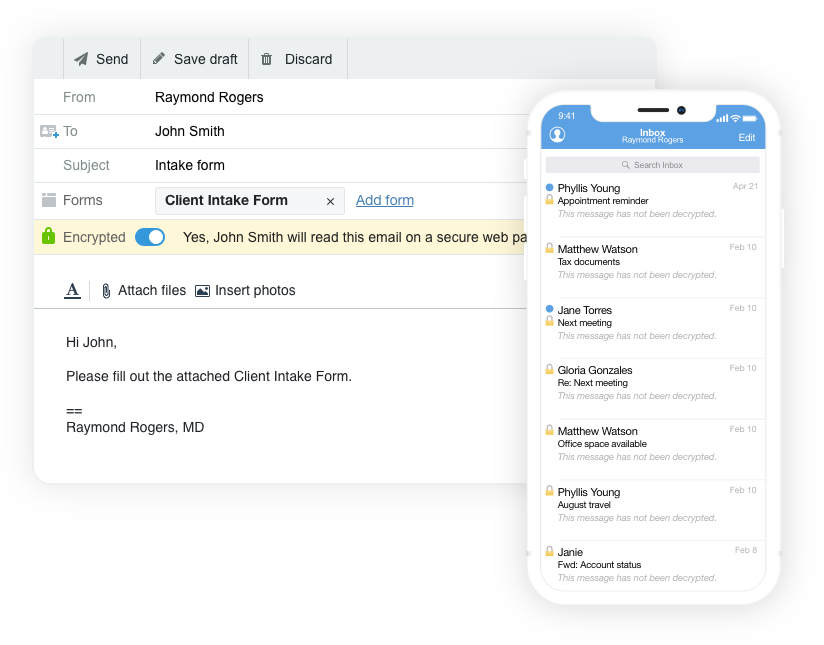
4. CounterMail
The goal of CounterMail is to offer the most secure email services available online, along with first-rate customer care and no fee at all. CounterMail has a reputation for its complete openness and automated end-to-end encryption. The service uses 4096-bit OpenPGP encryption keys. Contrary to many other private email service providers, CounterMail’s servers are diskless, meaning they lack any hard drives that can store user data. The servers instead boot from a CD-ROM. Sweden serves as the company’s home base. It’s fantastic news that users have the option to remove their private keys from CounterMail’s servers and save them locally on their computers because Swedish authorities may theoretically legally compel CounterMail to grant full access to its servers.
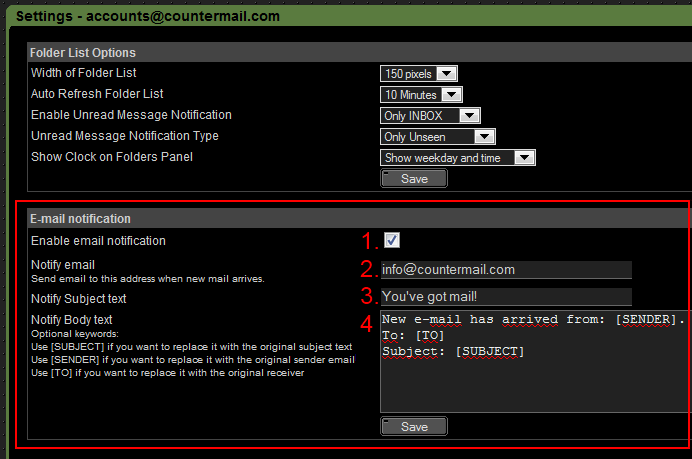
5. Mailfence
End-to-end encryption and digital signatures are some of Mailfence’s features, which use the OpenPGP standard. Mailfence started operations in 2013, and the initial open beta version was accessible in 2016. Mailfence claims not to employ any third-party advertising or marketing trackers which can take advantage of the Belgian privacy protection law. Additionally, it has no advertisements and only runs on funds from financial contributions and premium plan payments. Their premium plan offers more storage capacity but the same level of protection as the free plan.
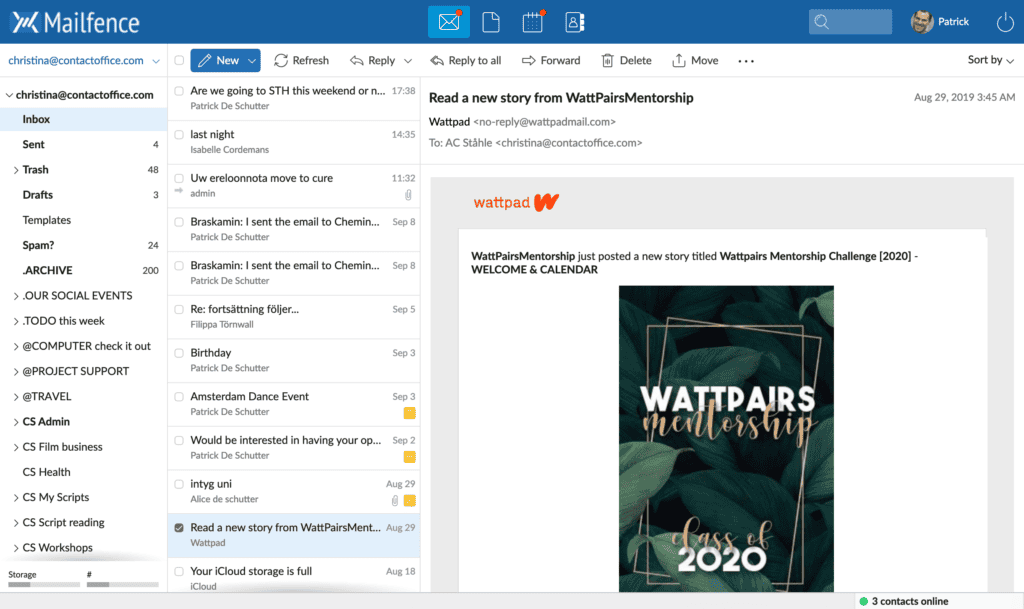
6. Posteo
Posteo offers 2GB of secure email storage for less than $1 a month that is two-factor authenticated and completely anonymous. The secure servers for Posteo are in Germany, and the company’s core values include privacy, usability, and sustainability. Posteo, like many other privacy-related products, gained popularity following the Edward Snowden leaks. In order to protect customers against hackers posing as them or their email recipients, it was the first email service to implement DNS-based Authentication of Named Entities (DANE) on its servers.
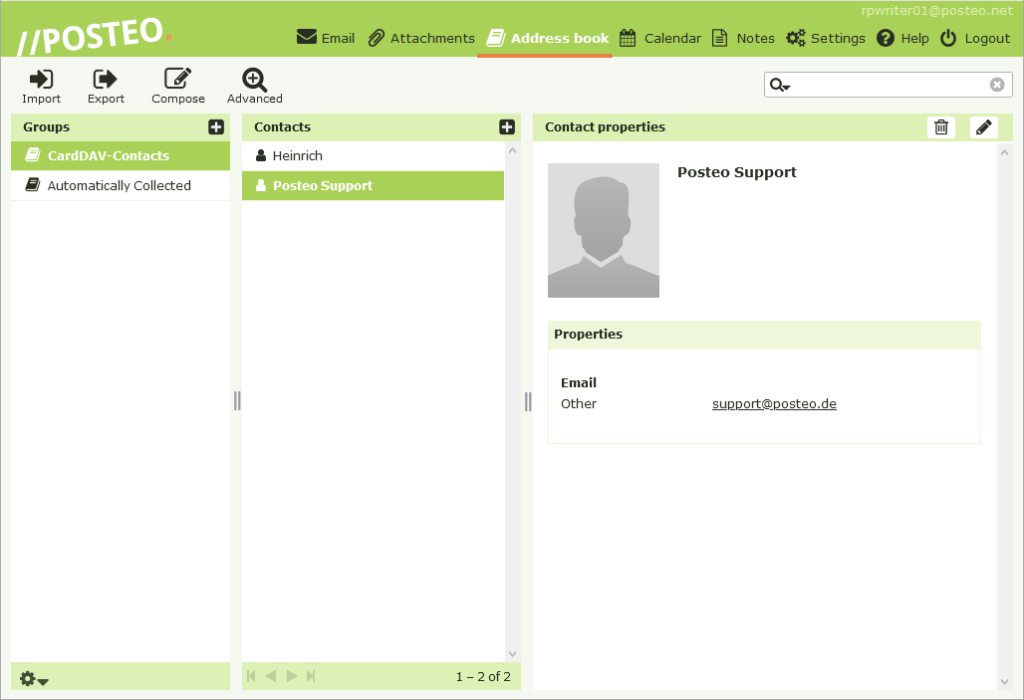
7. Mailbox.org
Peer Heinlein, a journalist and early adopter of the internet, is the owner and operator of mailbox.org. He has a long history of offering secure network services, dating all the way back to 1989. Although mailbox.org’s servers are in Germany and are therefore protected by privacy regulations, it does its best to safeguard its consumers. mailbox.org’s commitment to anonymity makes it easy to register for an account without providing any personal information and with Bitcoin. Additionally, mail headers can be anonymous to conceal users’ and recipients’ locations and devices.
Can my email account be hacked when I am online?
Although security should always be a top priority, it is technically possible for an email account to get hacked while you are online. The overall security of your email account and the likelihood of hackers compromising it are due to many factors. Hackers frequently use phishing attacks to deceive users into supplying their login credentials or personal information by using phony emails or websites, which is one of the most popular ways of hacking. It’s critical to use caution and refrain from clicking on shady links or giving private information to improbable sources.
Your password’s strength has an impact on the security of your email account. It is more difficult for unauthorized users to access your account when you use a strong password and two-factor authentication (2FA) . A big part in preventing unwanted access is thanks to the security procedures and controls your email service provider has put in place. They use encryption, spam filters, and other security measures to safeguard user accounts and messages.
What is the most unhackable, secure phone?
The Blackphone, created by Silent Circle and Geeksphone, is one prominent instance. The Blackphone was expressly designed with security and privacy in mind, and it has features like encrypted messaging, calls, and file storage. Additionally, it offers Silent OS, a proprietary operating system that prioritizes user privacy. The Purism Librem 5 is another choice. It uses PureOS, a free and open-source operating system that puts a strong emphasis on user protection and privacy. Users of the Librem 5 have control over the privacy settings on their device thanks to hardware kill switches, which physically disconnect several components, including the camera, microphone, and WiFi connectivity.
Our Final Verdict: Which email is the hardest to hack?
ProtonMail is still the most secure email service, whether you pay for it or use the free version. However, Forbes is not the only publication to commend ProtonMail and its exceptional security, referring to it as “The Only Email System The NSA Can’t Access.” Many major news outlets in the business and technology sectors are amazed by the level of security that ProtonMail offers users. You can benefit from several email addresses, a VPN with the same security as the email service, and even a cloud service if you choose to pay for ProtonMail.

